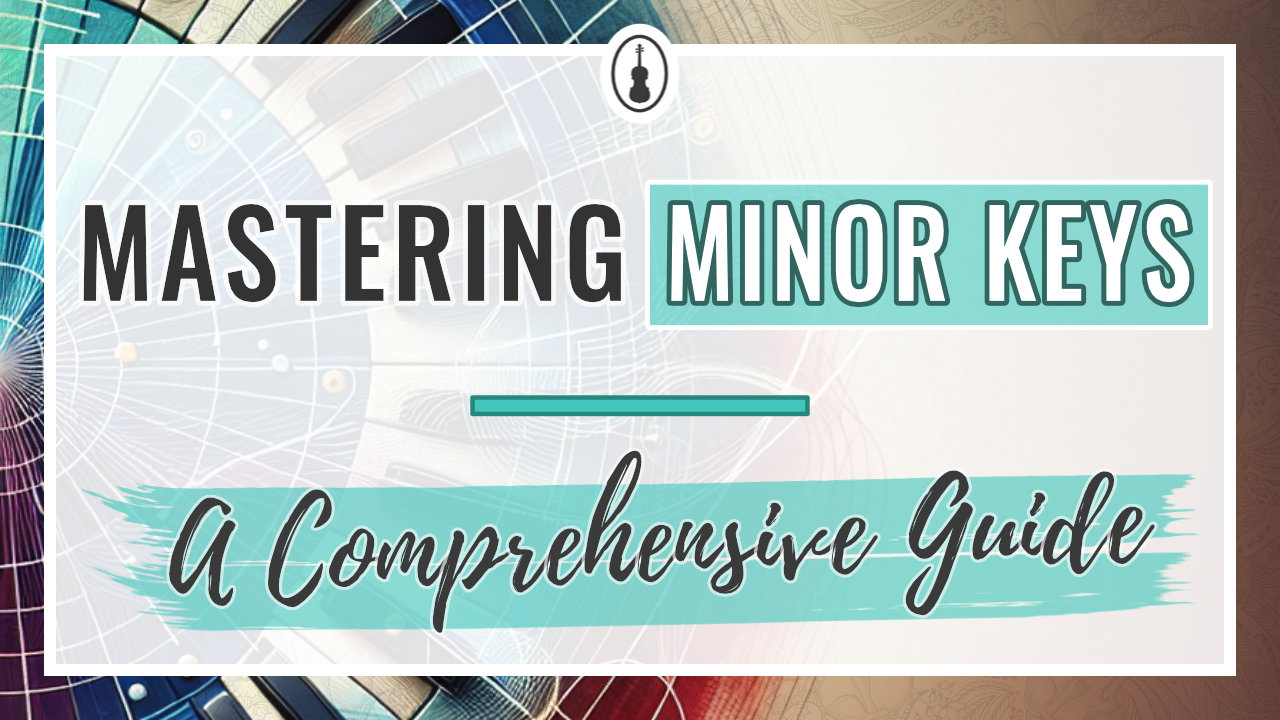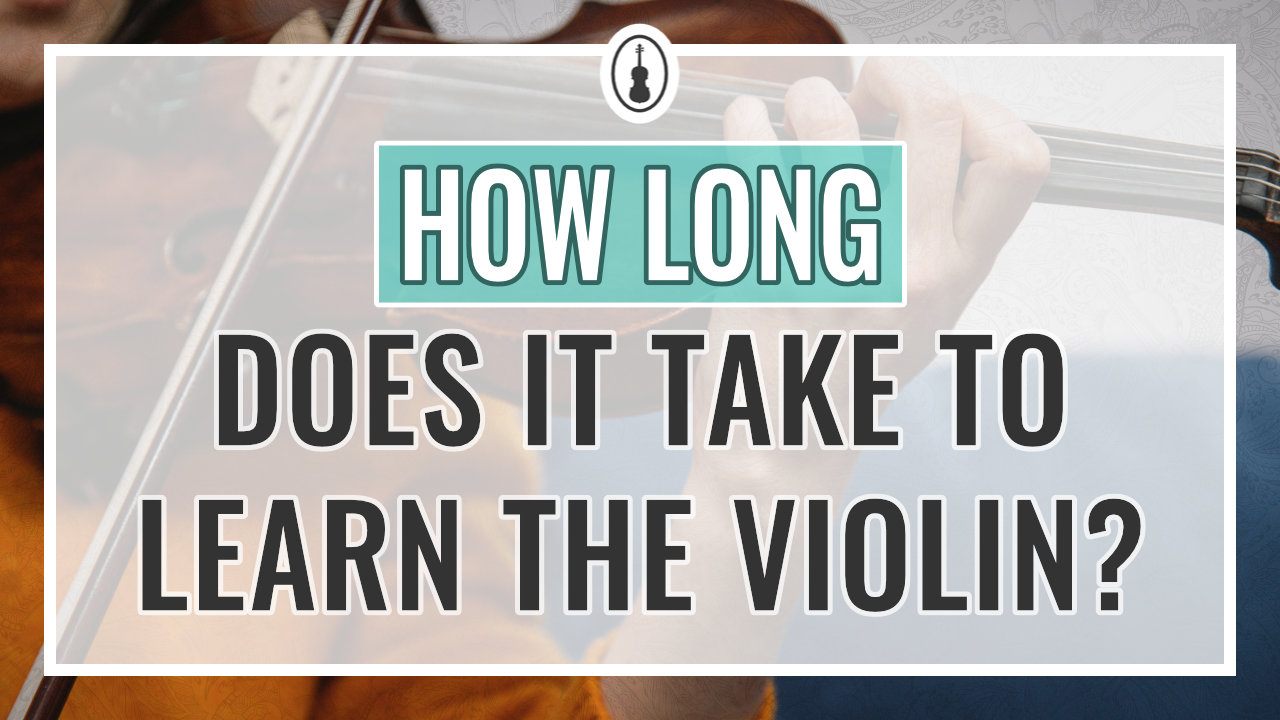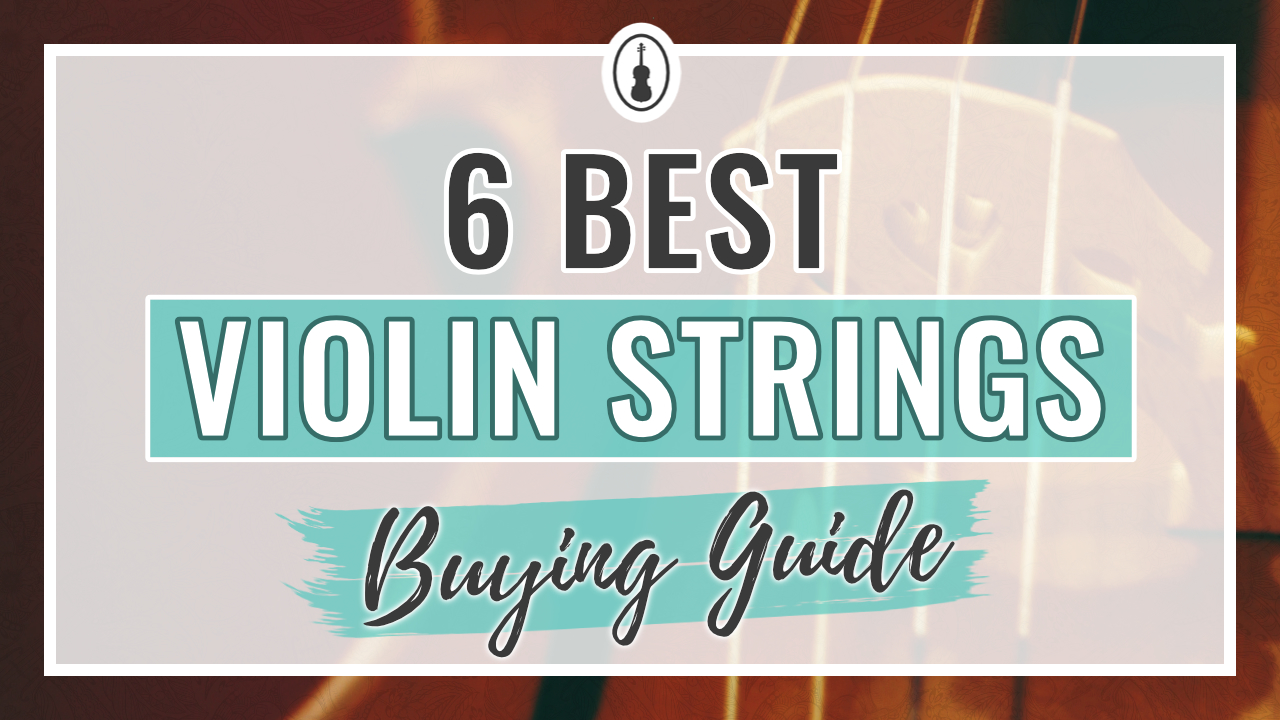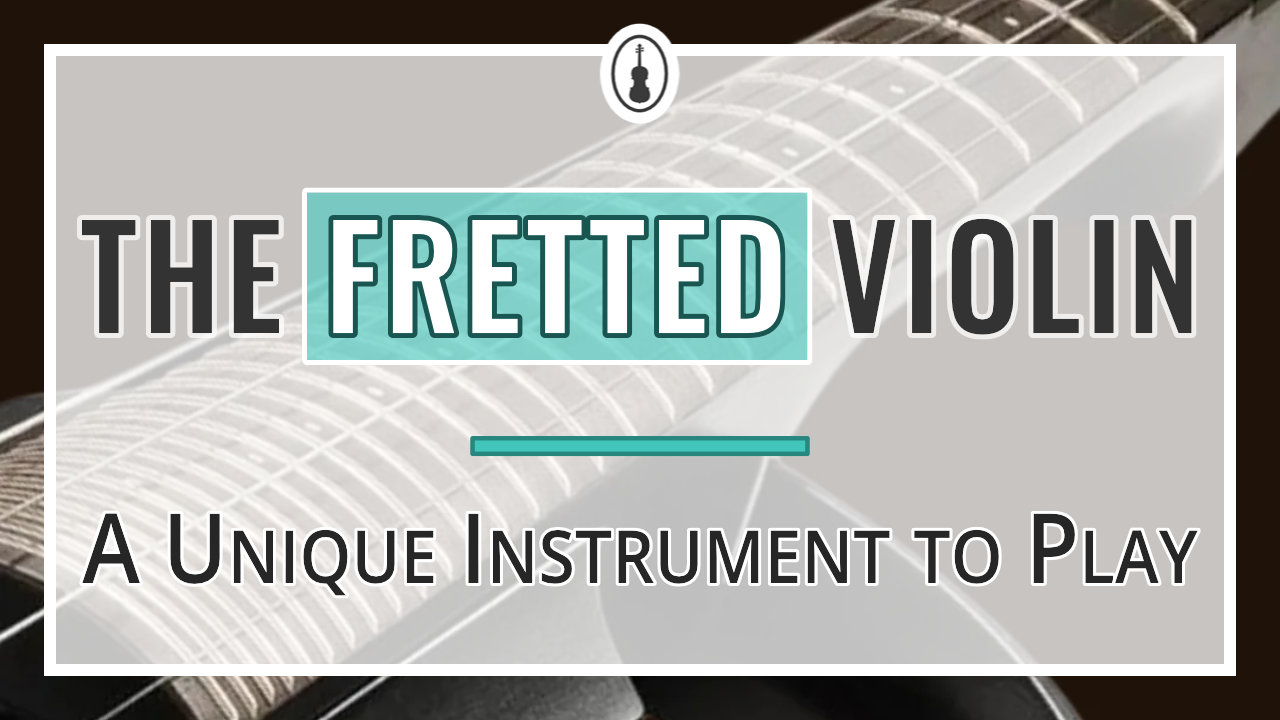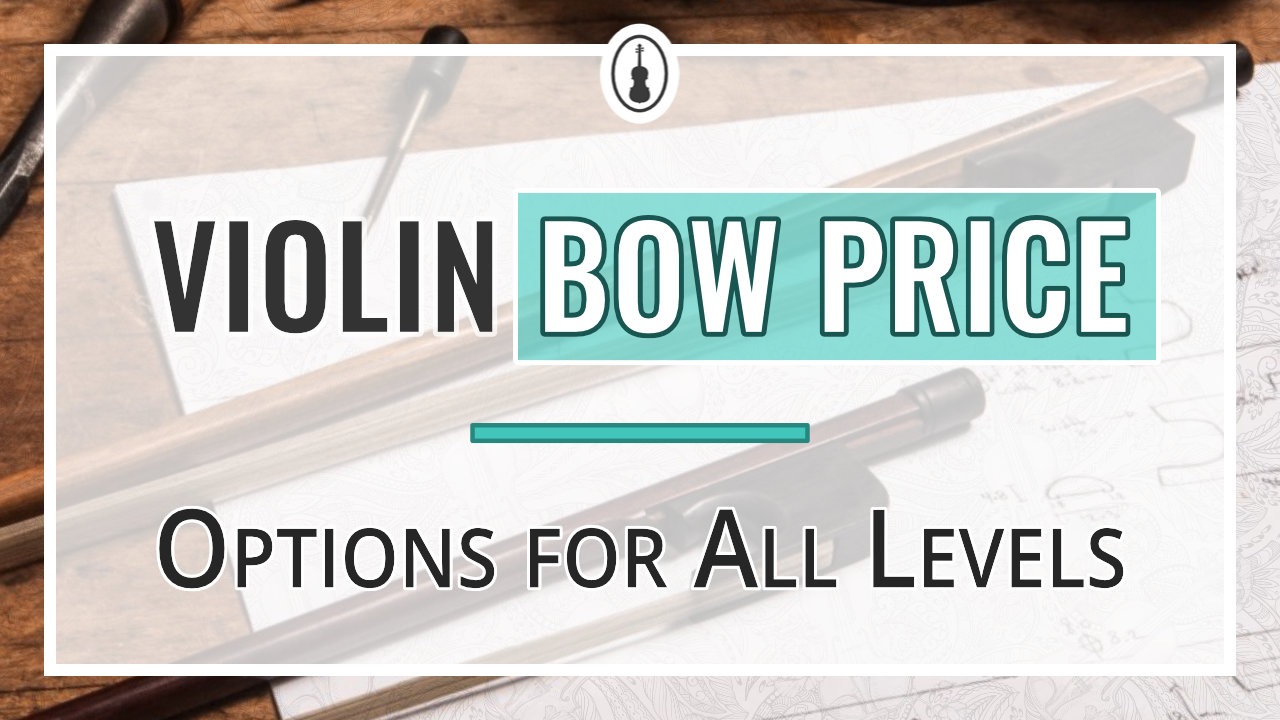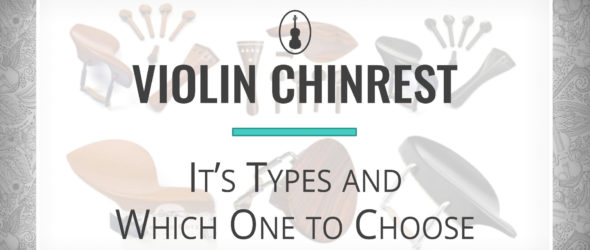
Looking for a violin chinrest on the market right now and finding the right one can be overwhelming with regard to both time and money.
For this reason, I can see why so many players just use the one that comes with their violin. However, considering that we spend a lot of time trying to find the most comfortable playing position, making do with whatever chinrest seems counterproductive.
Therefore, it would be in your best interest to find a chinrest that is comfortable for you. Your perfect fit! Learning more about the chinrest will help you decide. This post is your first step to guide you through finding the perfect violin chinrest.
What Is a Violin Chinrest?
A chinrest is an attachment that you place on top of the violin to aid in holding the instrument. Using one allows freedom for the left hand to perform a more advanced left-hand technique. Though it is called a chinrest, it is really for your jawbone.
Before the Violin Chinrest
There was a time that both the violin chinrest and the shoulder rest wasn’t invented yet.
Sketches and drawings of violinists during the baroque period (approximately 1600 to 1750) show them playing without a shoulder rest or a chinrest.
The violin was typically held against the left chest below the shoulder. They did not put their face on the instrument.
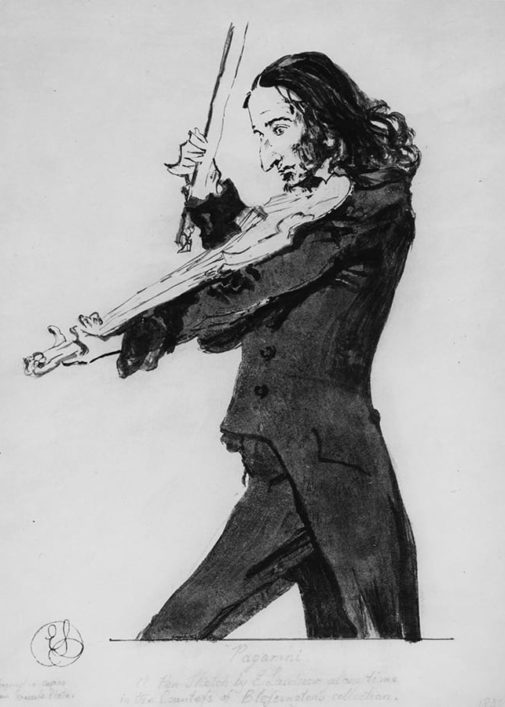
The music during the Baroque period reflected how violin pieces were composed.
During this time, violinists normally played simple chords and accompanying lines. As music developed in the later period, so did the technique. To perform shifting, faster passages and double stops they needed more support. Seeing that, the instrument was moved from the chest to resting on the collarbone. The chin or jaw was used for support, to hold the instrument in place.
The history of the chinrest and shoulder rest is a reflection of development through time of the wants and needs of players and their desire to modify and improve their comfort while playing. Additionally, it serves the purpose of protecting the instrument.
Who Was the Inventor of the Violin Chinrest and When Was It Invented?
Louis Spohr invented the chinrest in the early 19th century – around 1820.
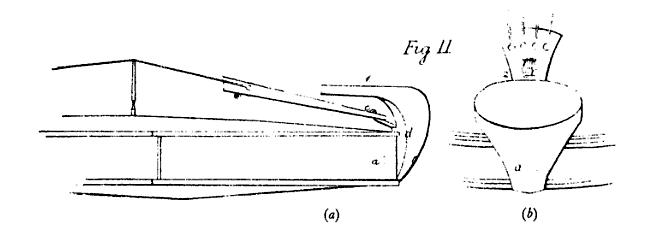
His draft shows a cup placed over the tailpiece. According to Spohr, its use was to support and secure the instrument as the name implies, by resting your chin on it. While this may be true, it is said that Spohr intended his small block attached to the instrument to protect his tailpiece from breaking due to his passionate playing.
What Is a Chinrest Made of?
A chinrest is made of a bowl or plate to rest the chin and a clamp to attach it to the body of the instrument.
They come in different models, while the bowl is made of varying materials. The most common of these are wood. To list, you can often find different models made of boxwood, rosewood, ebony, and most recently sonowood, which is a sustainable wood made for your instrument.
What is the difference between the different woods used for a violin chinrest?
Boxwood is the softest of the unsustainable woods, following is rosewood. Lastly is ebony, the hardest. The weight difference between the type of wood is so slight it doesn’t affect the sound. Therefore, the wood used is one’s personal preference or aesthetic.
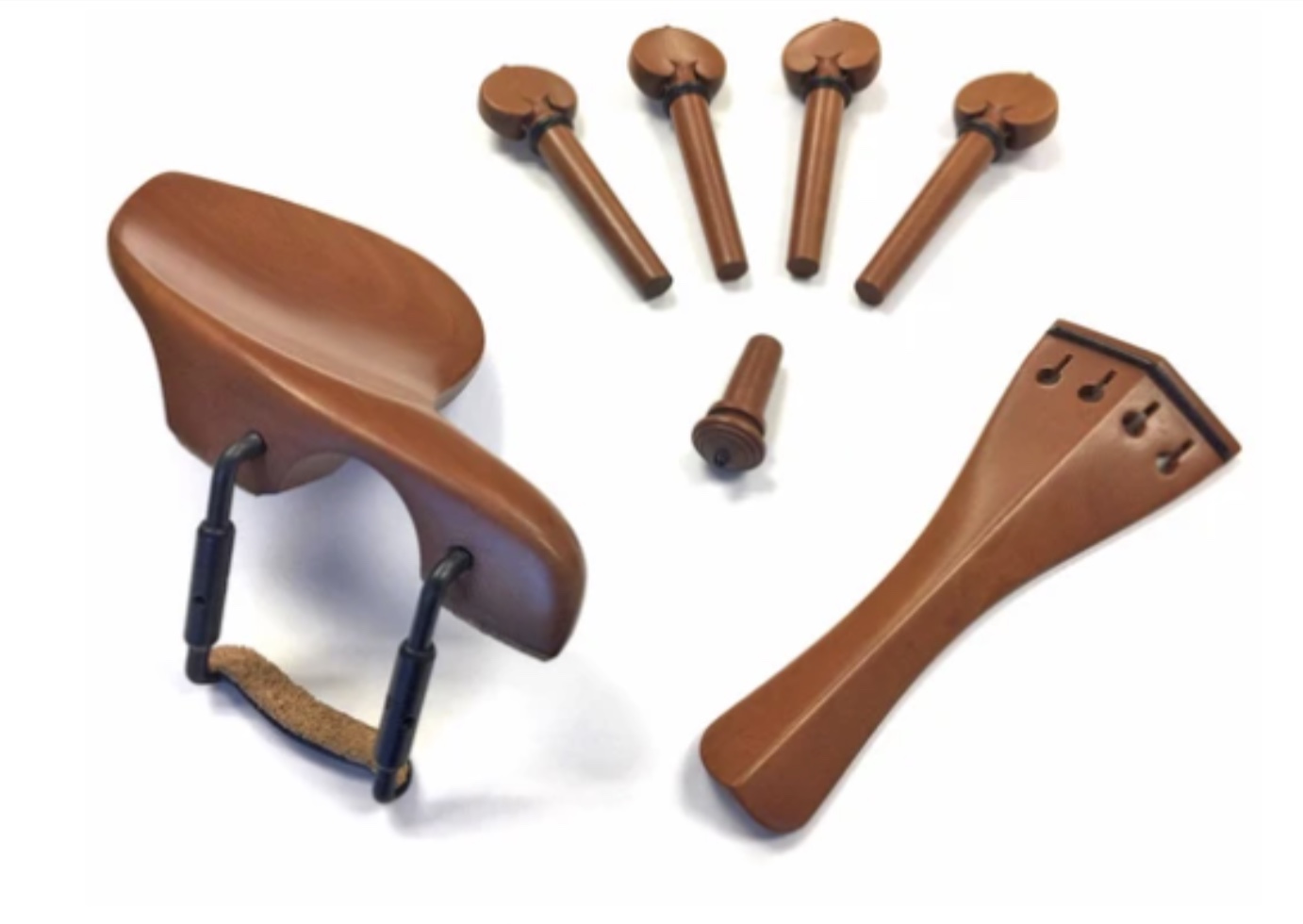
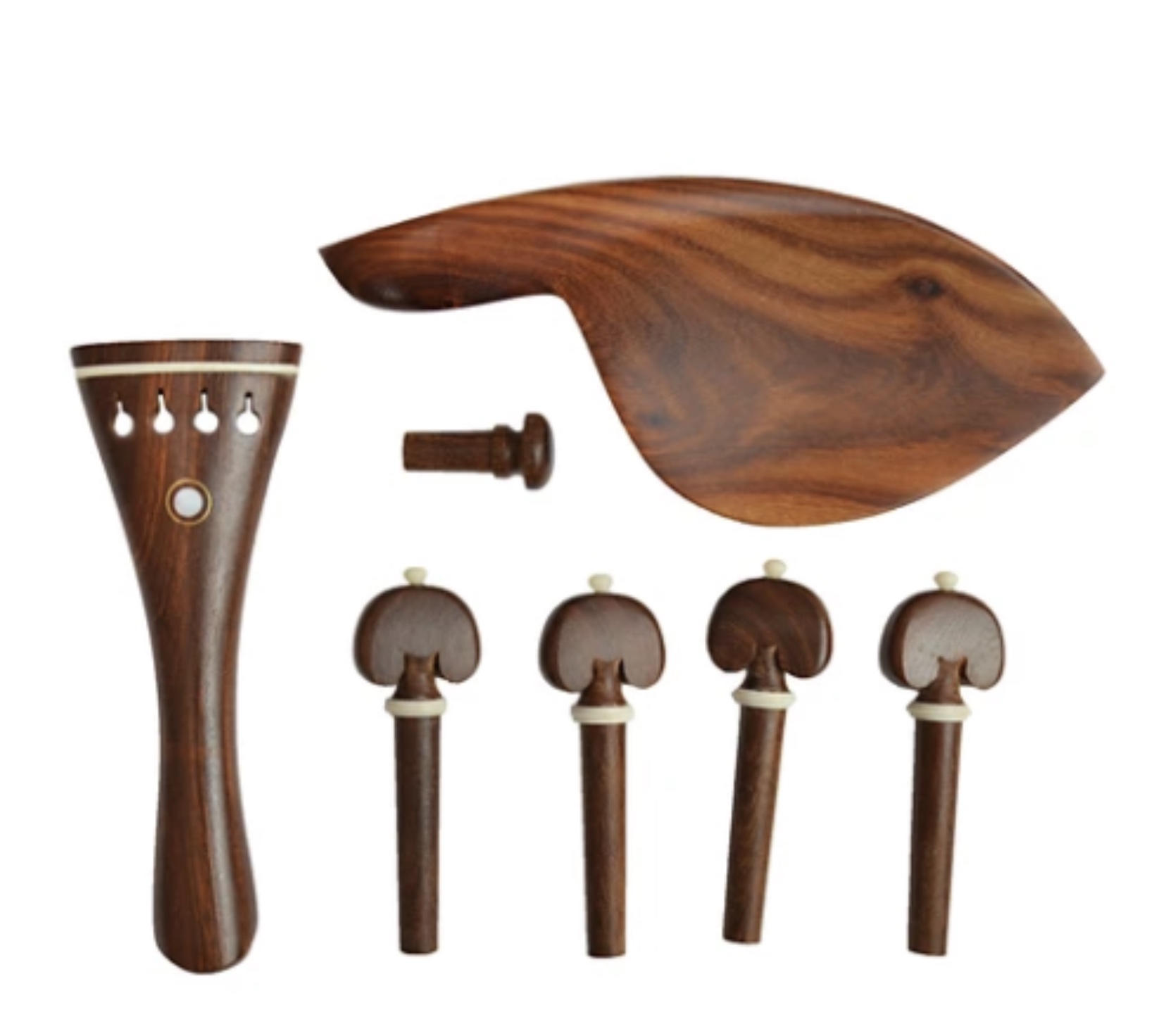
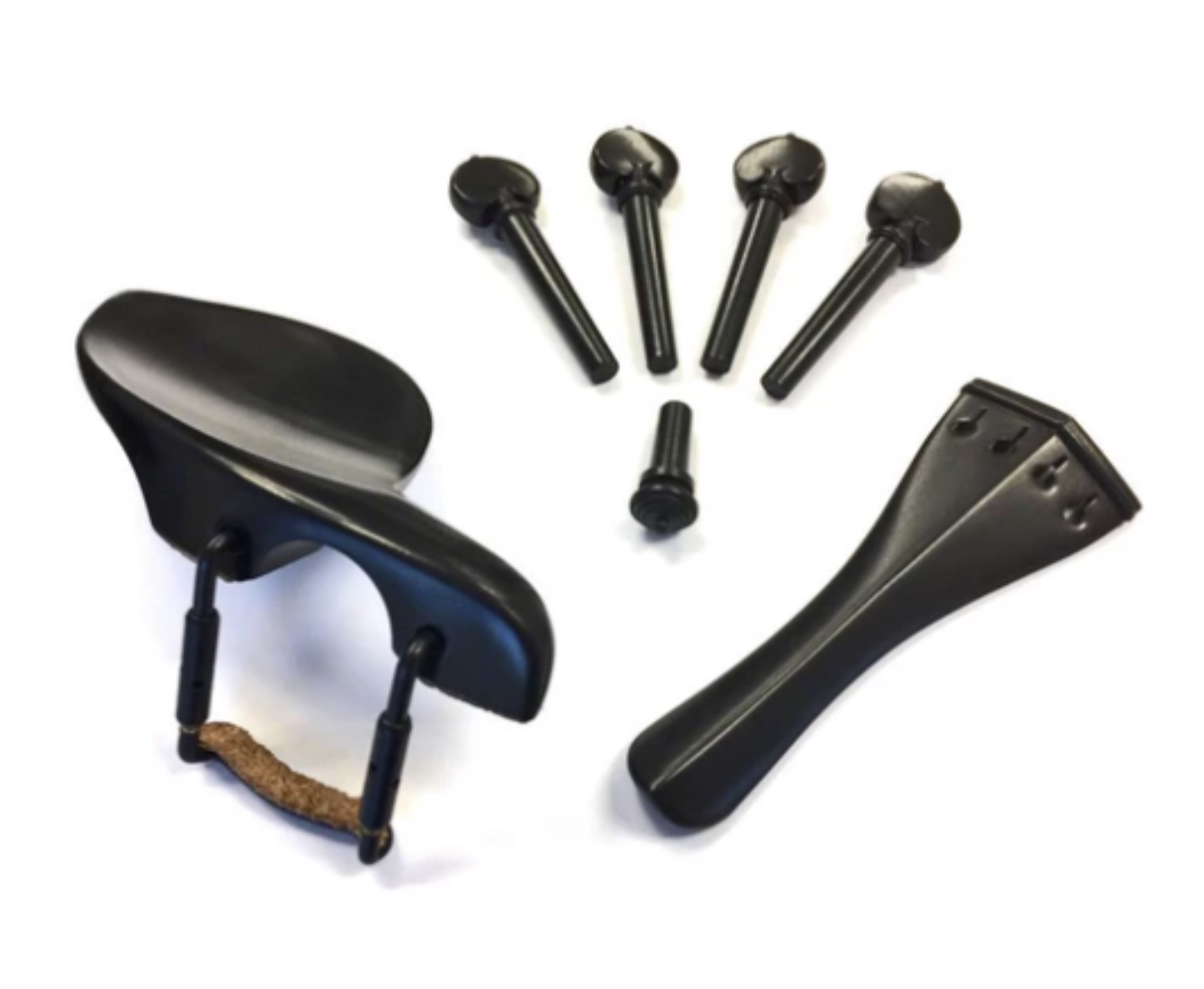
Popular Violin Chinrest Types
The type of wood used isn’t as important as the style of the rest itself. By looking at the different styles and shapes of a chinrest today, you can easily classify them into three different kinds.
That would be center-mounted, side-mounted, or ones mounted in between the two.
Side-mounted chinrest
For a side-mounted rest, the clamp is placed on the side of the bass bar.
Center mount chinrest
This rest is placed so that the chinrest lays over the tailpiece. It is considered to be the safer of the two options because the clamp is supported by the bottom or lower block. With this in mind, if you were to over tighten the clamp by mistake, there is less of a chance it would cause damage to your instrument. To illustrate, see the image below of the anatomy of the violin.
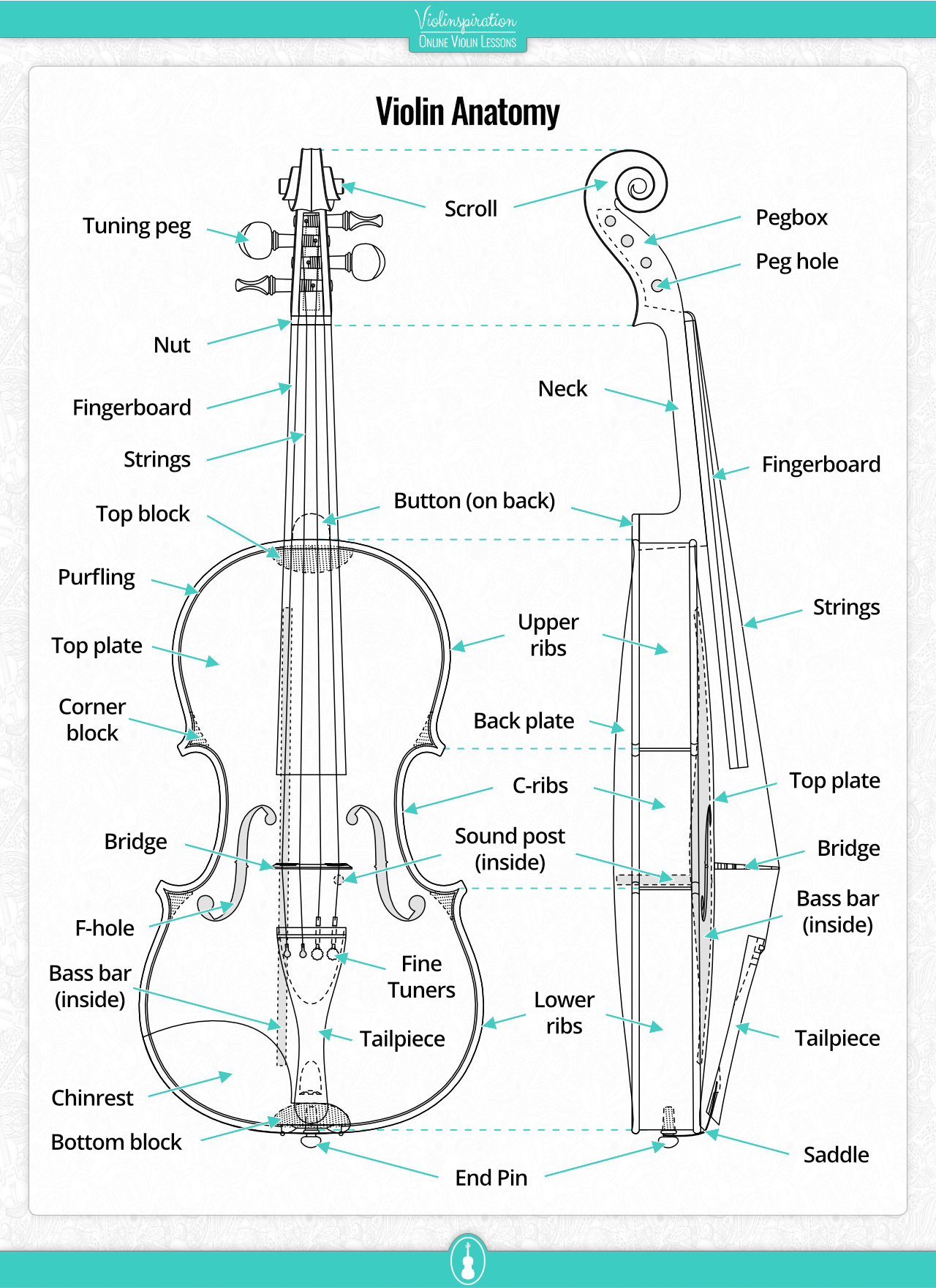
5 Popular Violin Chinrests
Guarneri violin chinrest
This is the most common chinrest, comfortably fitting the average player. It is mounted in the center with the bowl for the chin on the left side of the tailpiece, and has a leg or tail over the tailpiece.
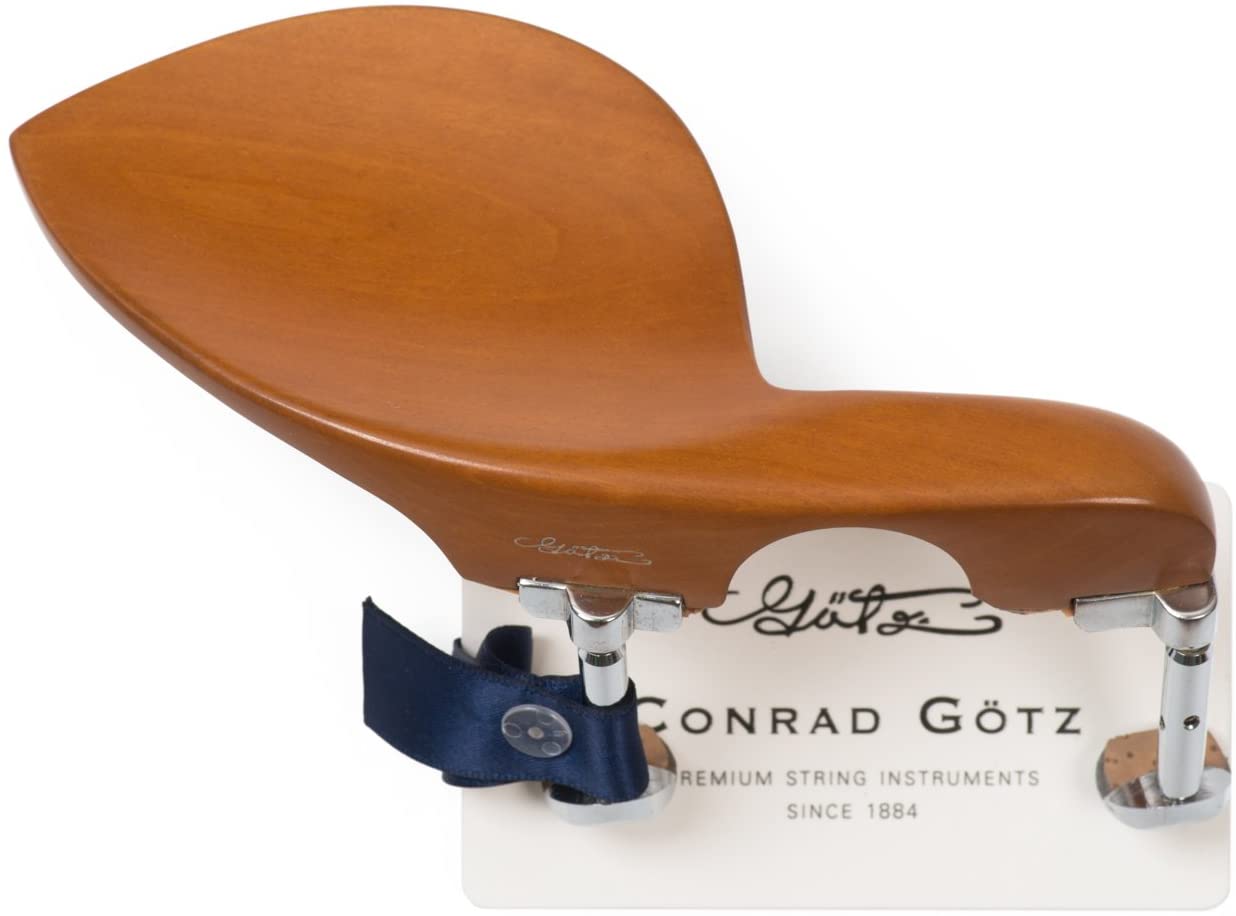
Guarneri chinrest
GET IT NOW
Support us for more FREE content No extra costs for you Recommended by Violinists
Flesch violin chinrest
This very popular center mount rest was invented by Carl Flesch, and has no tail over the tailpiece.
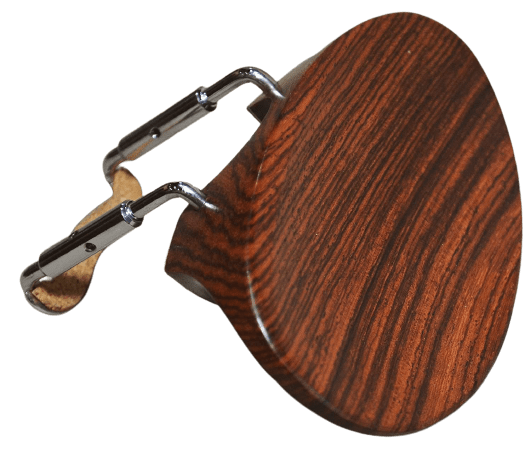
Flesch chinrest
GET IT NOW
Support us for more FREE content No extra costs for you Recommended by Violinists
Dresden violin chinrest
A flat simple chinrest. It has a cup with a ledge built into it, in order to help give some stability. Most players find it very comfortable.
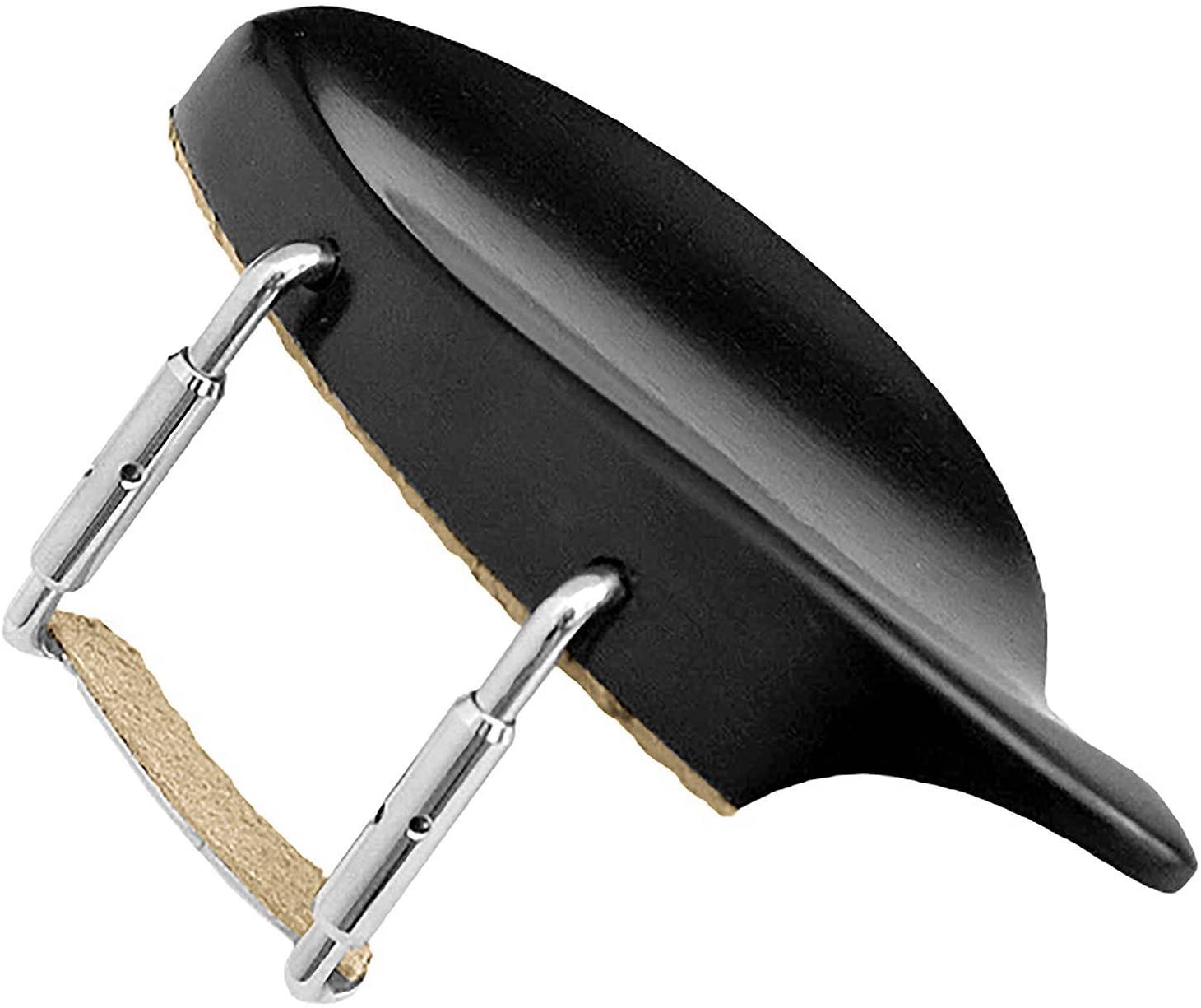
Dresden chinrest
GET IT NOW
Support us for more FREE content No extra costs for you Recommended by Violinists
Kaufman violin chinrest
A low rest with a shallow cup that mounts to the left of the tailpiece. Then again, you can adjust its placement to be over the tailpiece or to the side.
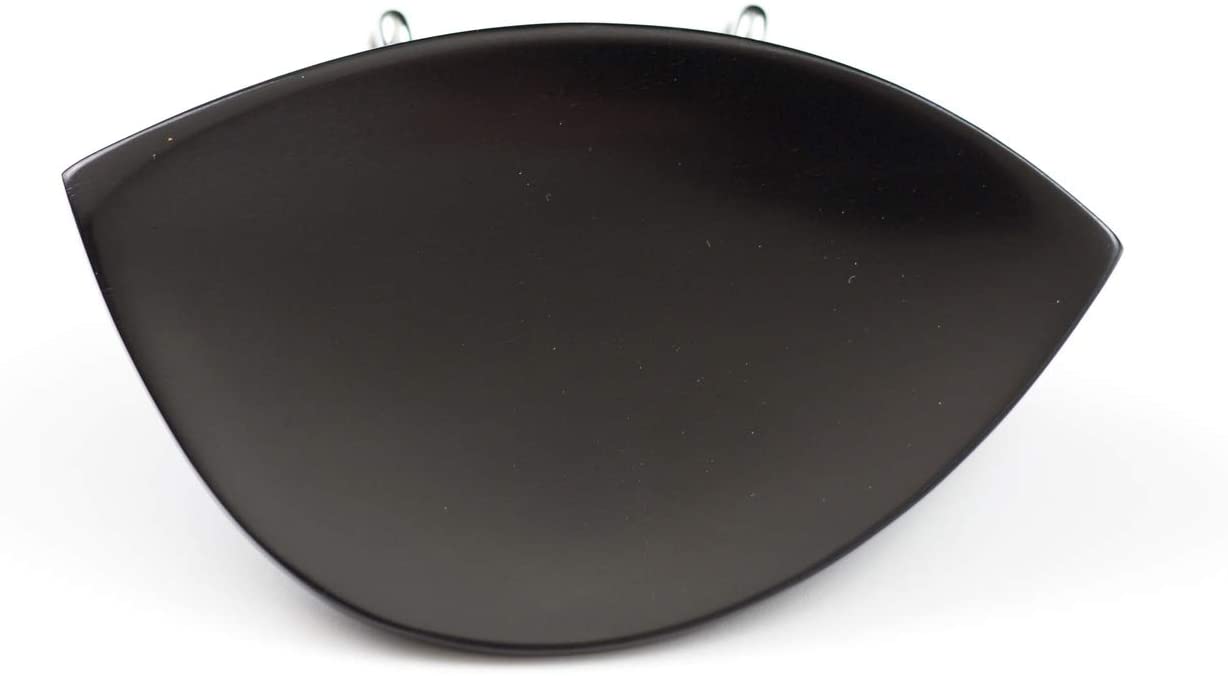
Kaufman chinrest
GET IT NOW
Support us for more FREE content No extra costs for you Recommended by Violinists
Morawetz violin chinrest
Shallow to medium cup depth with a lip that mounts next to the tailpiece.
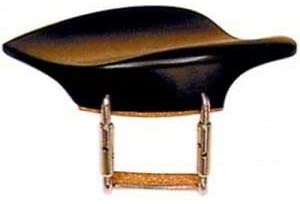
Morawetz chinrest
GET IT NOW
Support us for more FREE content No extra costs for you Recommended by Violinists
Chinrests for Players With a Long Neck
You can find that many of these style rests are made with added height for players with a long neck. Teka is a great brand, so is SAS. SAS makes one for long and very long necks as well.
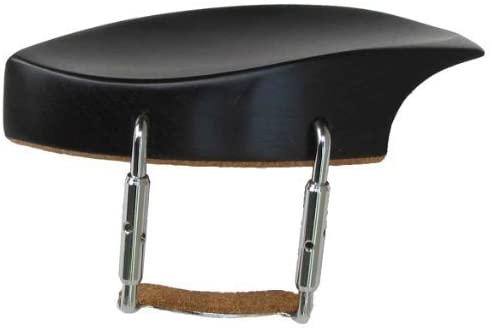
Teka chinrest
GET IT NOW
Support us for more FREE content No extra costs for you Recommended by Violinists
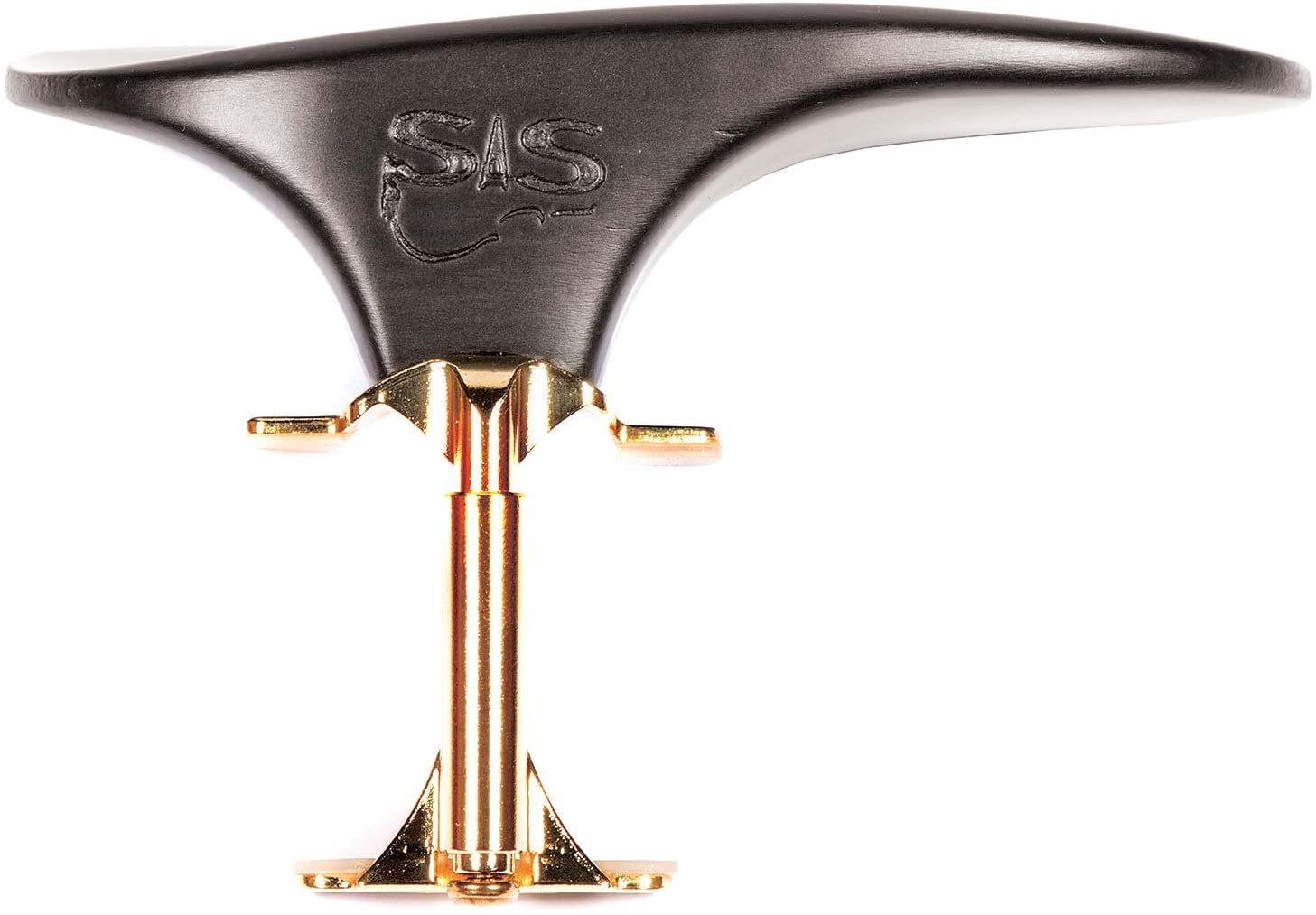
SAS chinrest
GET IT NOW
Support us for more FREE content No extra costs for you Recommended by Violinists
How Do You Attach a Chinrest to a Violin?
The chinrest is attached to the violin by one or two metal clamps that hook over the edge of the back. One or two buckles provide the slide clamping needed to secure it. A special pin wrench is usually sold with the chinrest for easy adjustment of the clamp tension. Clamps on some modern chinrests can also be adjusted with a hex key.
The clamps and chinrest itself are usually padded where they make contact with the instrument.
Material such as cork, leather, or felt is commonly used for this.
Where Do You Place a Chinrest on a Violin? How Do You Position It to Fit Right for You as a Player?
Your chinrest should be placed so it doesn’t touch the tailpiece or belly of the instrument. Doing so would cause a buzzing sound.
Although the rest should fit between the collarbone and the jaw, there should still be a little space between the jaw and the chinrest. That is because space is needed to have a bit of freedom in your shoulder movements when playing. If too much space is taken up by the chinrest – a player can become tense and uncomfortable. This can inhibit their playing technique.
How to Choose a Violin Chinrest
Choosing a style of chinrest will depend on where you feel most comfortable placing your jaw. Remember that height and comfort are the keys when selecting. Therefore, there are several things for you to consider.
- Check your playing position. How do you feel most comfortable playing?
- Locate the position of your chin on your instrument. Where does your chin rest on your instrument allowing you to play comfortably? In the middle or to the side?
- Decide what shape rest fits your jawline. Each person has a distinctive shape and width to their jawline that can influence which rest is best for them.
- Decide the height of the chinrest you will need. To do this, Place your violin in the playing position, and have someone help you measure the height between the body of the violin and your jawline. If you use a shoulder rest, have it on your violin when you measure.
- Decide what material you would like for your chinrest. Many rests are made from unsustainable farmed wood – if this is a concern to you you might want to search specifically a rest from ethically sourced wood.
How to Install a Violin Chinrest
Here is a great video showing you how to install both a center mount and side mounted chinrest.
Conclusion
Your chinrest is an important accessory for balancing the violin. A good rest not only provides security and prevents the violin from slipping, it will also provide comfort for the player, and improve their overall health.
When fitted properly a chinrest will provide a comfortable contact point between the instrument and the body of the player; their left shoulder, jaw, and chin.
It is up to you to decide, based on your style, what feels the most comfortable and produces the best sound for you.















